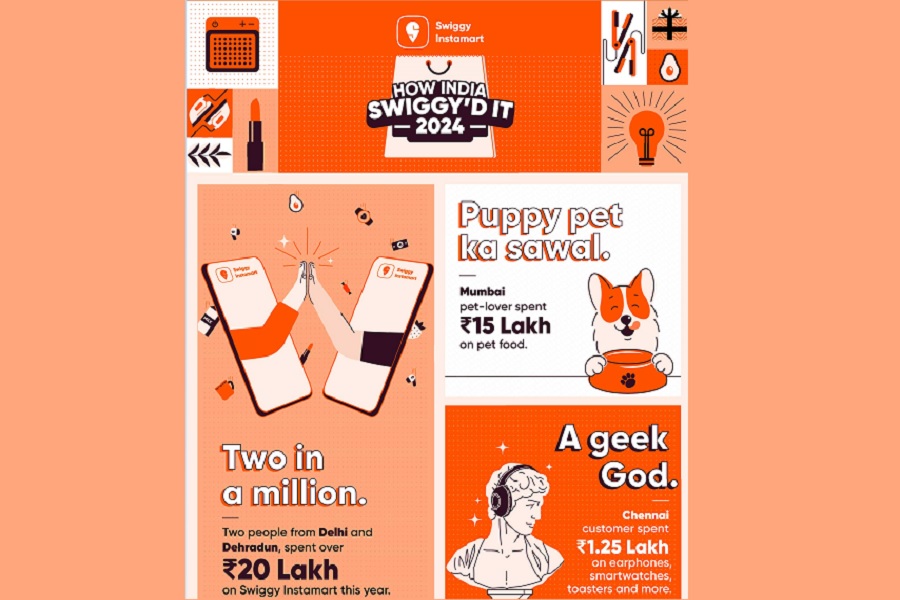Instagram to now protect users from unwanted DM requests

Follow us Now on Telegram ! Get daily 10 - 12 important updates on Business, Finance and Investment. Join our Telegram Channel
Meta-owned Instagram will roll out a new feature to better protect users from unwanted DM requests.
The company started testing the feature in June, reports TechCrunch.
With this new feature, people who want to send DM requests to users who don’t follow them will face two new restrictions.
First, users will only be able to send one message to someone who doesn't follow them, as opposed to sending them an infinite amount of DM requests.
Second, DM invites are now just text-based, which means that users can only send photos, videos, or audio messages to people who don't follow them after the recipient accepts the invite to chat.
According to Instagram, with the new restrictions, users will no longer receive unwanted images or videos from people they don’t follow, nor will strangers be able to message them repeatedly.
“We want people to feel confident and in control when they open their inbox,” Cindy Southworth, head of Women’s Safety at Meta, said in an emailed statement. Instagram already has limitations to protect users from abuse and inappropriate contact, and the new DM tool adds to those limitations.
"The app has a 'Hidden Words' setting where DM requests containing offensive words, phrases and emojis are automatically sent to a hidden folder. Instagram also has a 'Limits' feature that protects users from sudden spikes in unwanted comments or DM requests," the report said.
In July, the platform had introduced some upgrades to Reels templates that help users easily find inspiration and create engaging Reels.
Meta had also announced that it was rolling out real-time avatar calls on Instagram and Messenger.
This feature will be helpful when users don't want to show their real faces during video calls and want a third option between camera-off and camera-on.












 320-x-100_uti_gold.jpg" alt="Advertisement">
320-x-100_uti_gold.jpg" alt="Advertisement">












